How to Fix “Error Creating Key or Error Creating Value” in the Registry Editor?
When attempting to create or make changes to certain keys or values in the Registry Editor, users might encounter an error message “Error Creating Key or Error Creating Value”. This error typically suggests that the user account trying to carry out the action does not have the necessary security permissions.
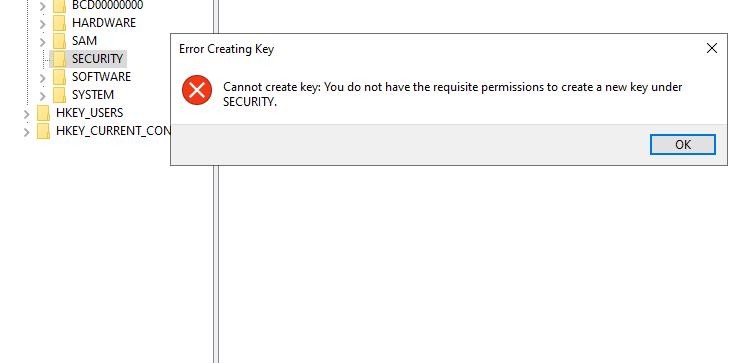
The security permissions determine the level of access granted to a user account, which in turn either allows or prevents the account from modifying specific resources in Windows.
Other factors that could lead to this error include using a standard account, interference from third-party programs, or running the Registry Editor without administrative privileges.
1. Run as Administrator
Executing the Registry Editor with administrative privileges provides the user’s account with higher access levels, thereby enabling the intended modifications to the registry keys or values.
- Click on the Start Menu, type regedit, then right-click on Registry Editor and select Run as Administrator.
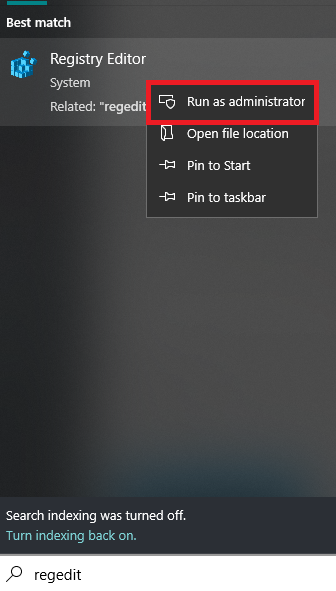
2. Grant Necessary Security Permissions
A standard user account may not have the necessary security permissions to alter specific keys or values. Granting these permissions can elevate the user’s privileges and potentially resolve the issue. It is advisable to back up the registry before proceeding, to restore default configurations if needed.
- Right-click the Start Menu, type regedit, then right-click on Registry Editor and select Run as Administrator.

- Navigate to the key causing the error, right-click on it, and select Permissions.

- In the Permissions Window, locate your user account under Group or Usernames and click to select it.
- Tick the Allow box next to the Full Control permission and click Apply.
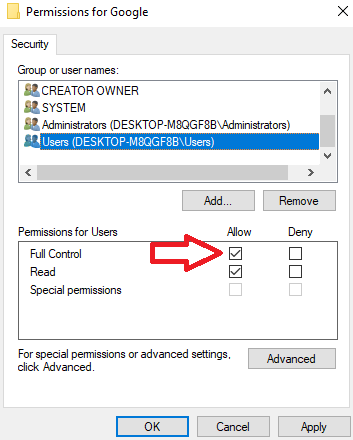
- If an error stating ‘Unable to save permissions’ appears, or your user account is not listed, click the Advanced button under permissions.

- In the Advanced Security Settings window, click the Change button next to Owner.
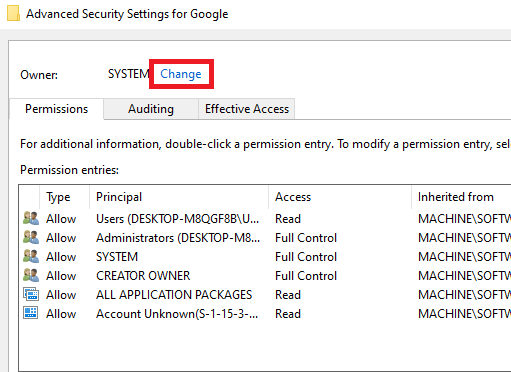
- Enter your username into the ‘Enter the object name to select’ box, then click the Check Names button. Confirm that your account appears correctly and click OK.

- In the Advanced Security Settings, select the following options, then click Apply:
‘Replace owner on sub-containers and objects’
‘Replace all child object permission entries with inheritable permission entries from this object’
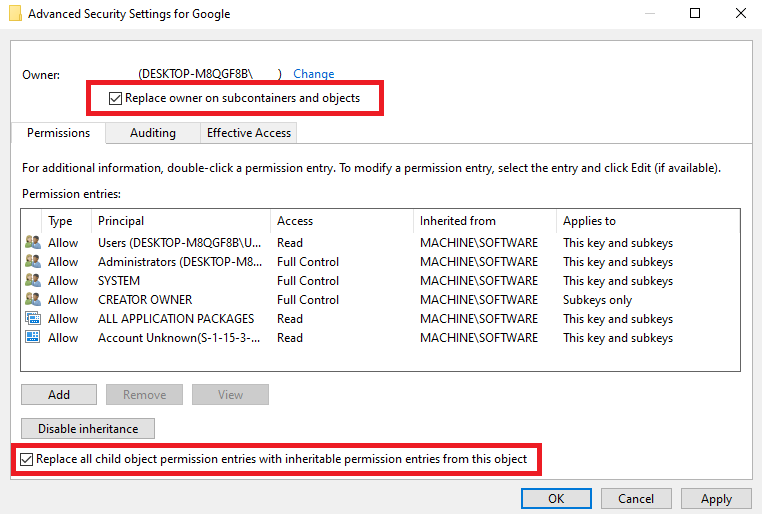
- Return to highlighting your user account from the list, ensure the Allow box next to Full Control is checked, and click Apply.

3. Boot into Safe Mode to Make Changes
Sometimes, third-party software or programs can interfere with registry modifications. Booting into Safe Mode launches Windows with only the essential programs and drivers, which could resolve potential conflicts.
- Press Windows + R to open the Run command, type in msconfig and click OK.

- Within the System Configuration window, select the Boot tab, then under Boot Options, choose Safe Boot followed by Minimal. Click Apply and OK.
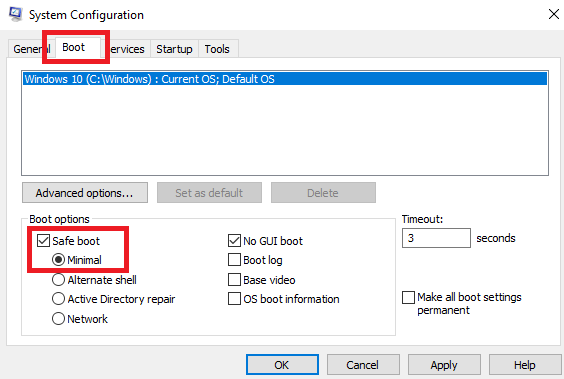
- At the next prompt, click Restart to reboot your computer into Safe Mode.
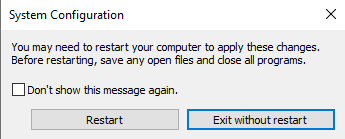
- Once Windows has booted in Safe Mode, attempt the registry changes again.
- Once done, open the ‘msconfig’ again and uncheck the safe boot option and then restart your computer.





